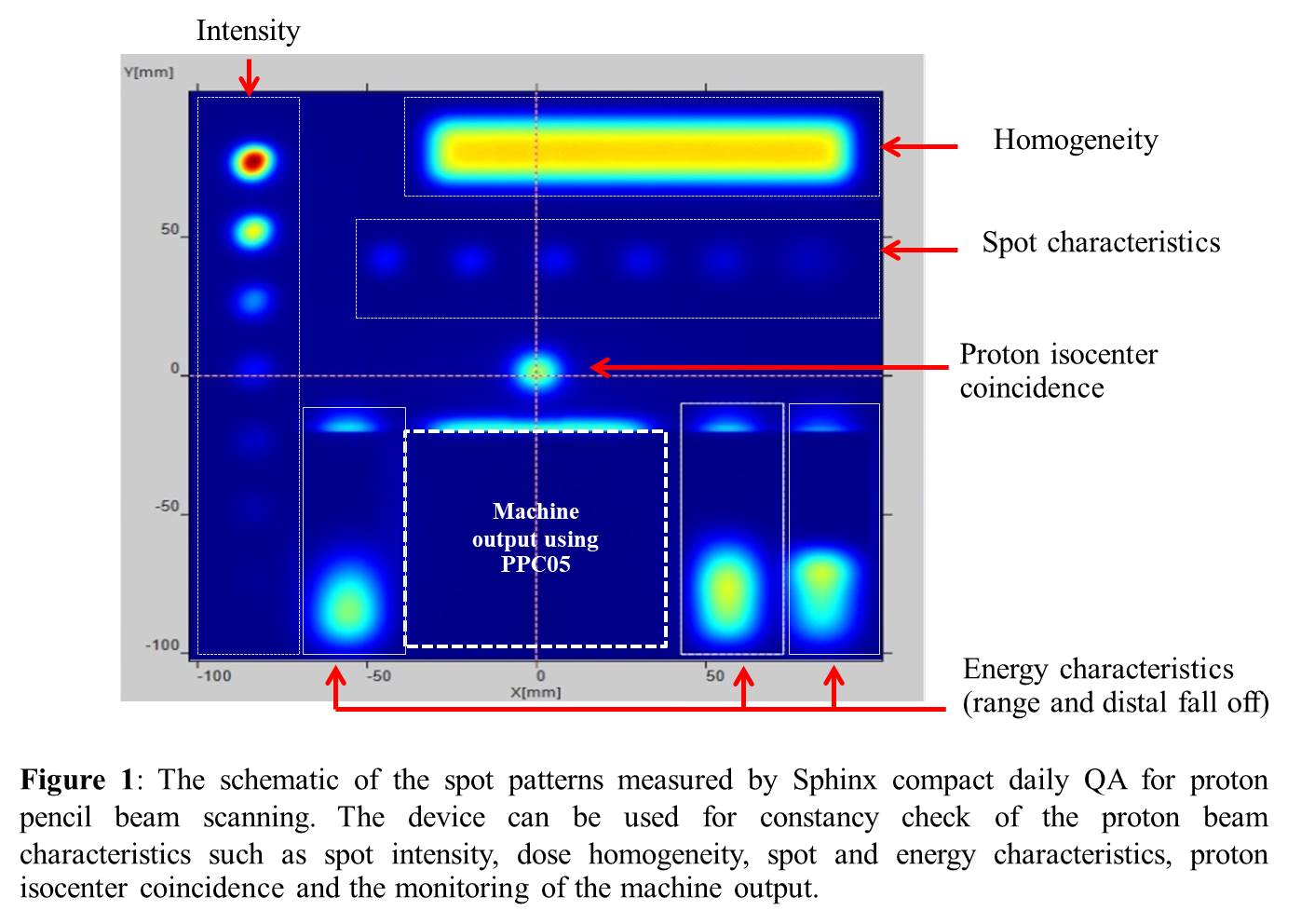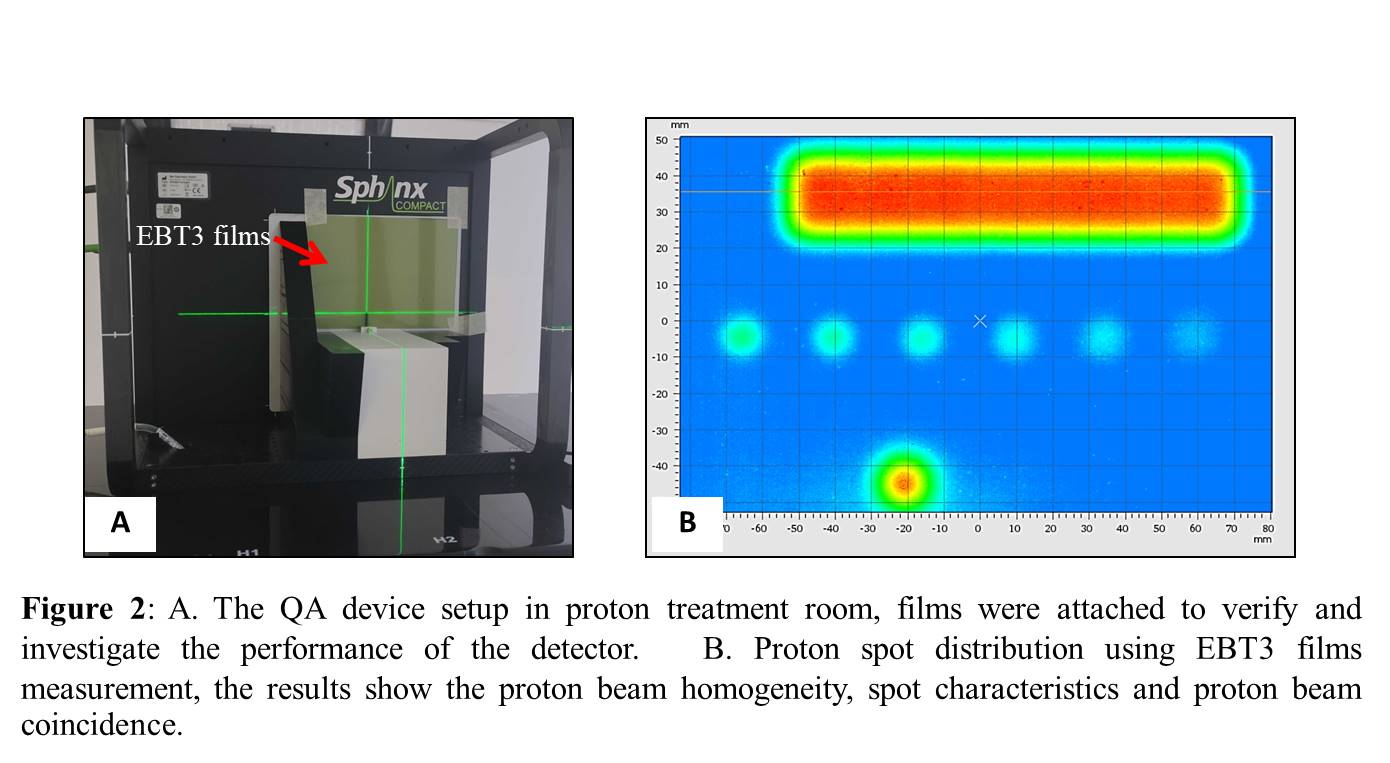Commissioning and implementation of the commercial daily QA tool in proton pencil beam scanning
Sirinya Ruangchan,
Thailand
PO-1704
Abstract
Commissioning and implementation of the commercial daily QA tool in proton pencil beam scanning
Authors: Sirinya Ruangchan1, Phat Khongcharoen1, Boontarik Nayong1, Manatchanok Chitnok1, Isra Israngkul Na Ayuthaya1, Taweap Sanghangthum2
1King Chulalongkorn Memorial Hospital, Her Royal Highness Princess Maha Chakri Sirindhorn Proton Center, Bangkok, Thailand; 2Chulalongkorn University, Her Royal Highness Princess Maha Chakri Sirindhorn Proton Center, Bangkok, Thailand
Show Affiliations
Hide Affiliations
Purpose or Objective
The goal of this work was to commission the daily QA device for proton pencil beam scanning and to evaluate the clinical usability of the daily QA procedure.
Material and Methods
The QA device, named Sphinx Compact, is composed of the flat-panel imager and removable plastic modules for beam characteristic check of proton energy 100 MeV, 150 MeV and 200 MeV, and the machine output using the PPC05 IBA chamber. The spot patterns for the measurement and evaluation are shown in Figure 1. The QA device was commissioned and evaluated compared with the regular proton QA tools. The measurement parameters were varied from 0.25 pF, 0.5 pF, 1 pF, 4pF and 8F to evaluate the detector response. The proton ranges were compared with the measurement results from beam data commissioning using a large plane parallel plate measured in the water phantom. The spot and the field homogeneity were compared with EBT3 film measurements (Figure 2), as well as the Lynx IBA detector. The beam coincidence was compared to the results of the Logos system. Results were collected and monitored for three months. Tolerances and limitations were set for monitoring based on the recommendation of TG 224 reports.


Results
Daily QA time was a total of 10-15 minutes. Setting parameter of 8 pF was selected for the routine setup and measurement. The energy characteristic of range and distal fall off of 100 MeV, 150 MeV and 200 MeV showed the difference of about 2 mm with the beam data commissioning results. Spot and field homogeneity were compared with EBT3 film measurement and the differences were within 2%. Proton beam coincidence was well-defined and accurate compared to the Logos system. Three months monitoring showed the constancy of the daily QA results and were within the tolerances recommended by the AAPM TG 224 reports
Conclusion
The QA tool was successfully commissioned. Implementation of the QA device for proton pencil beam scanning was fast and suitable in routine daily QA procedures, and results were reliable to monitor the constancy of proton therapy system.